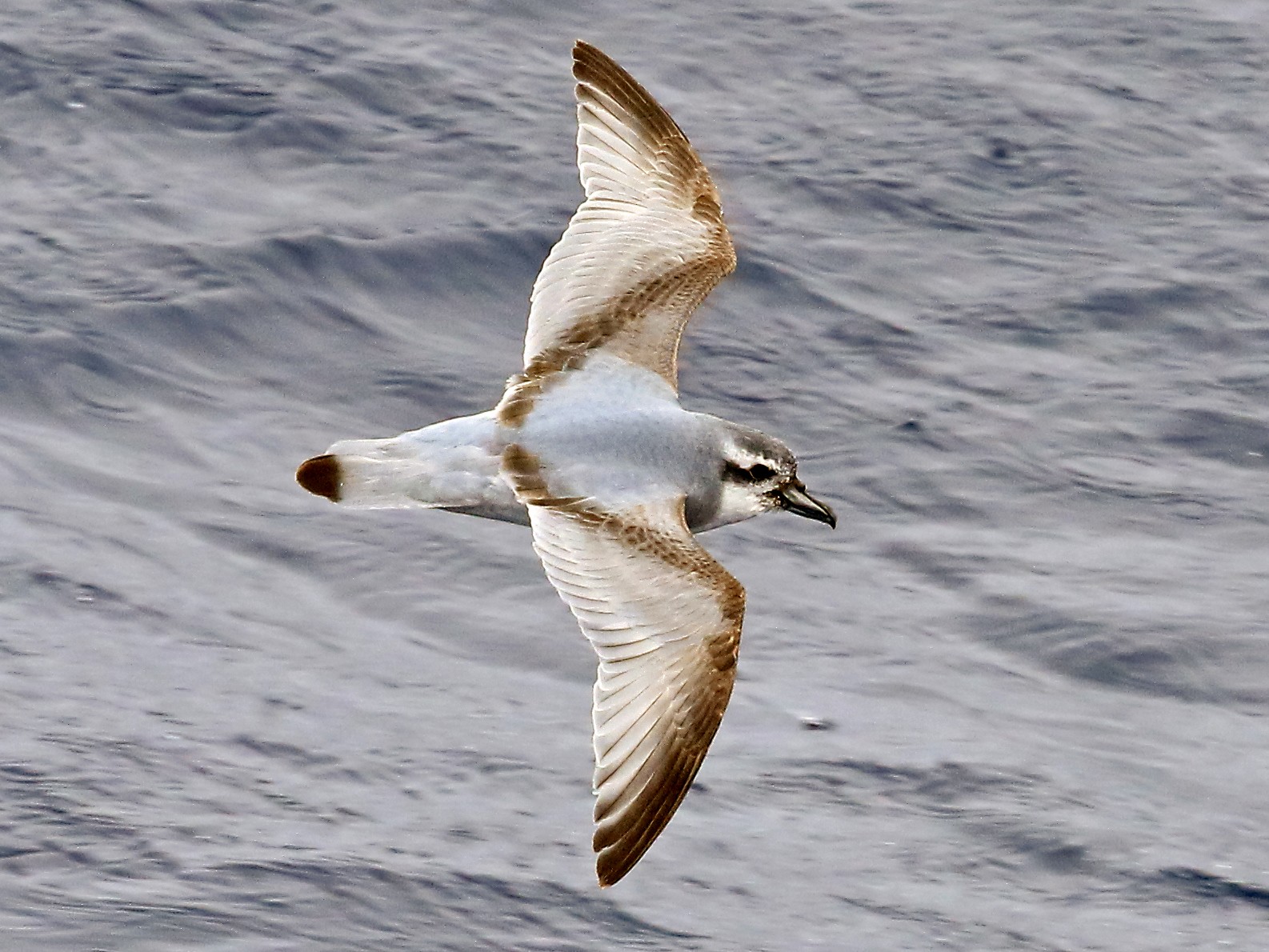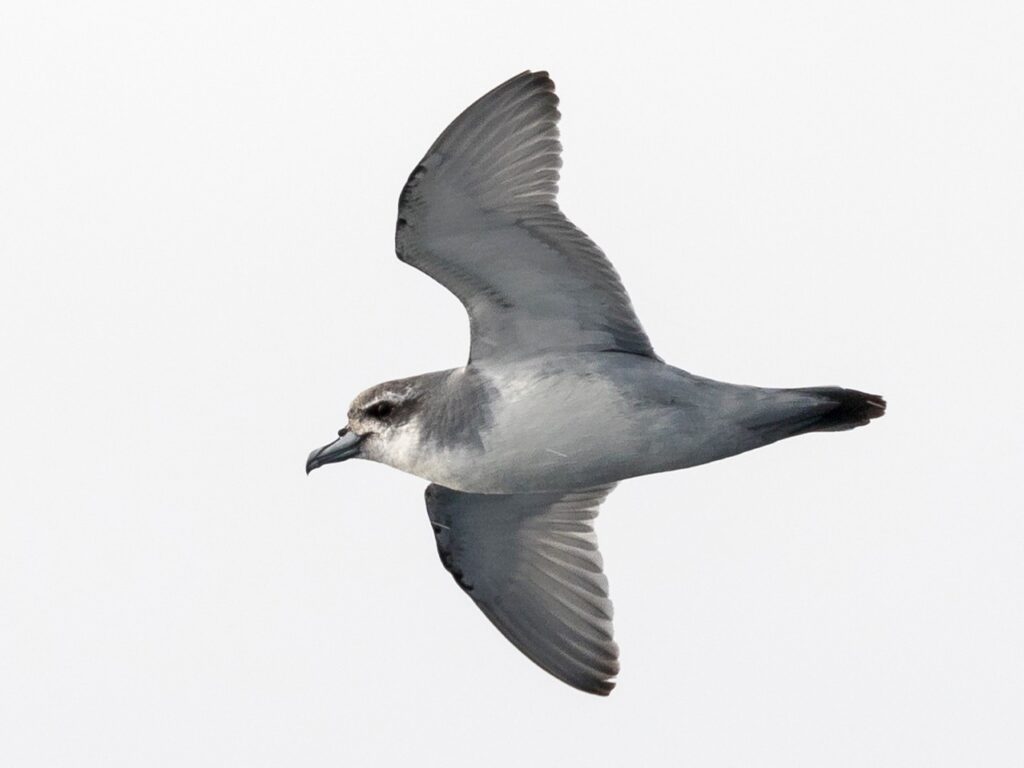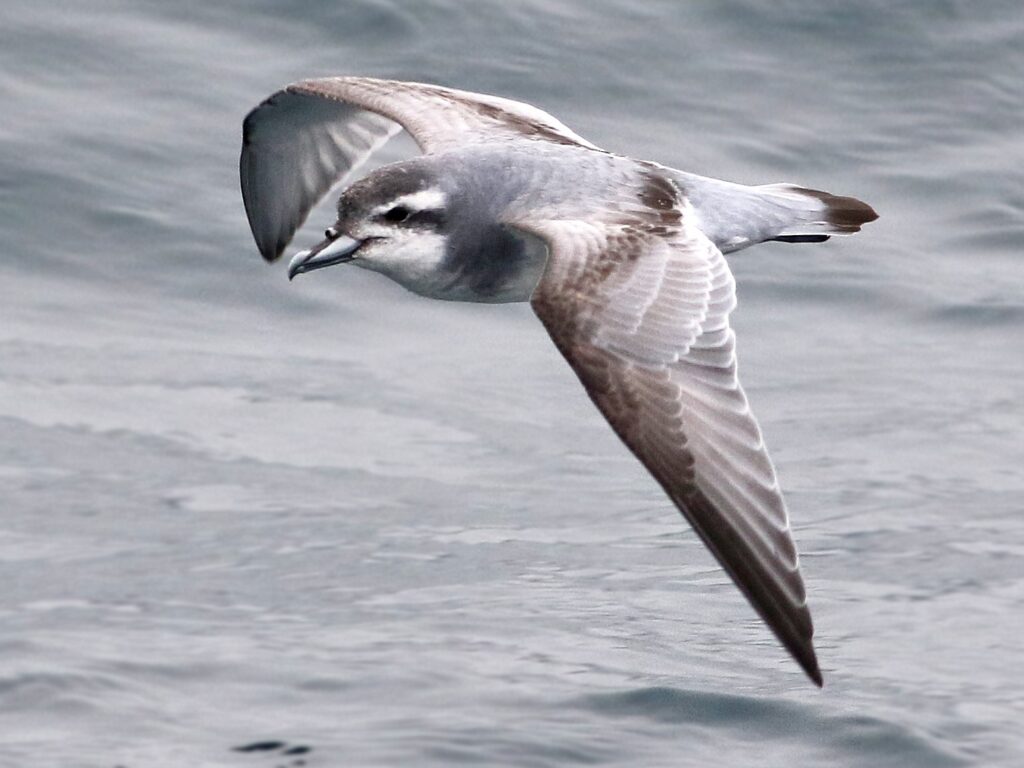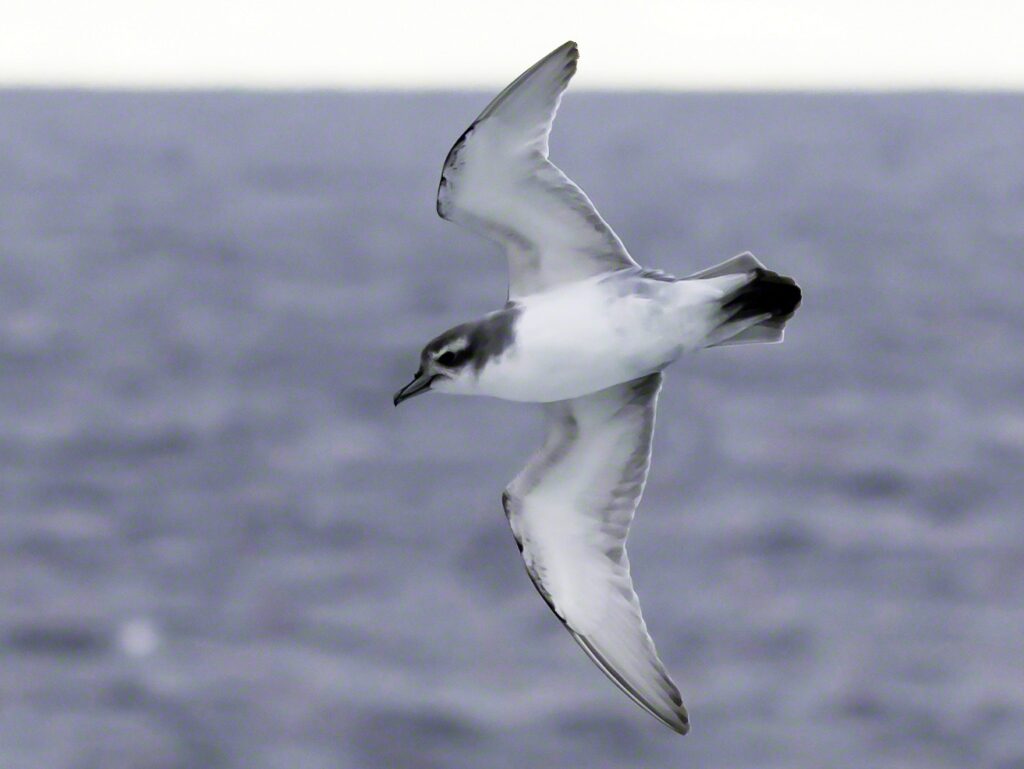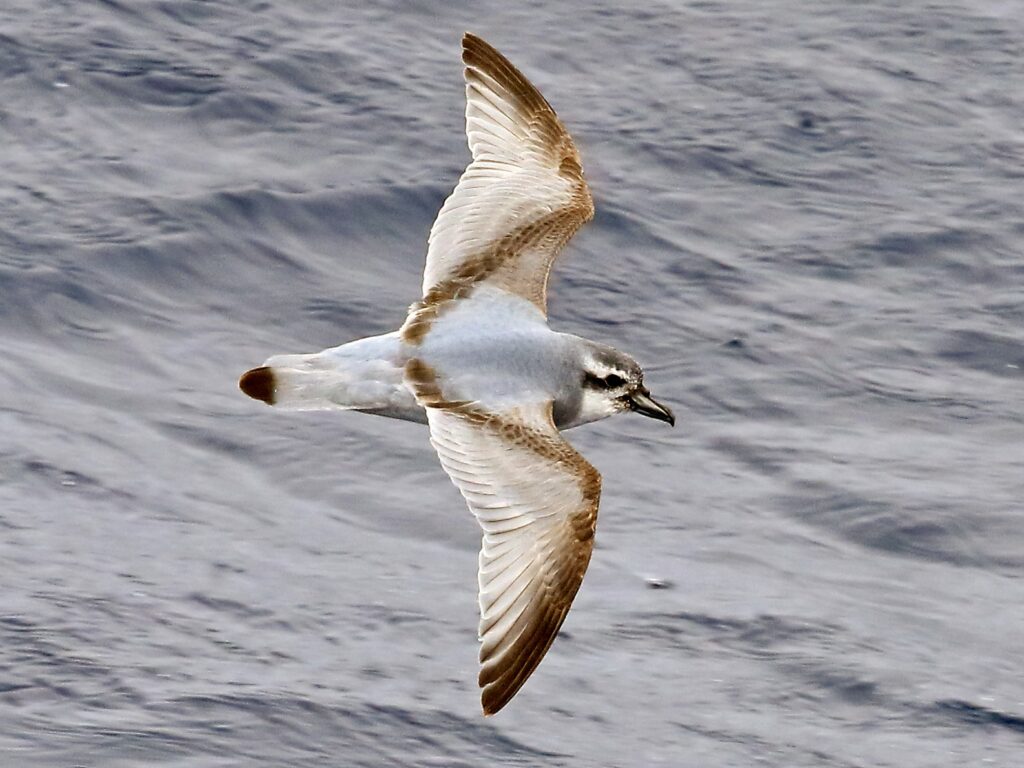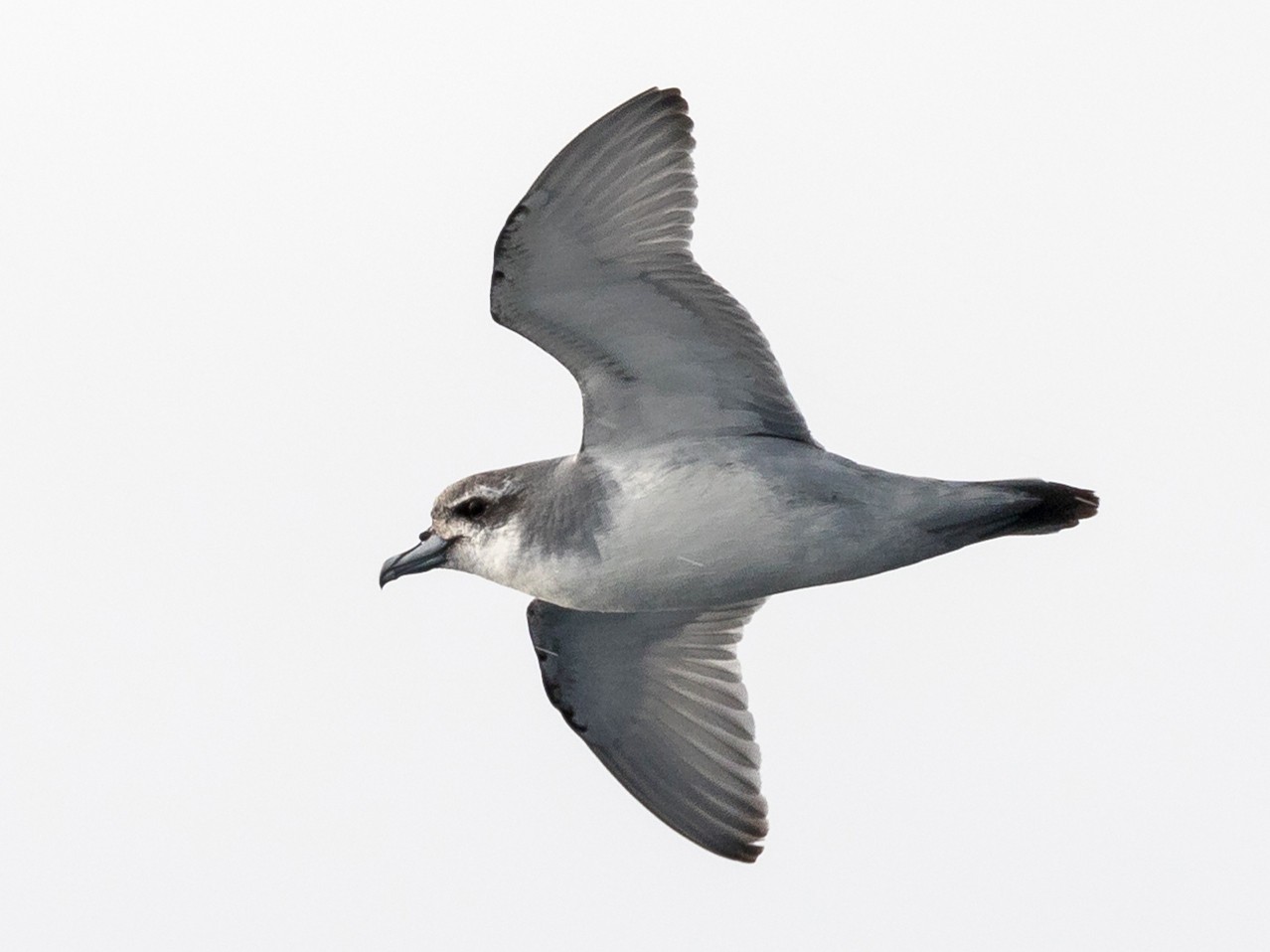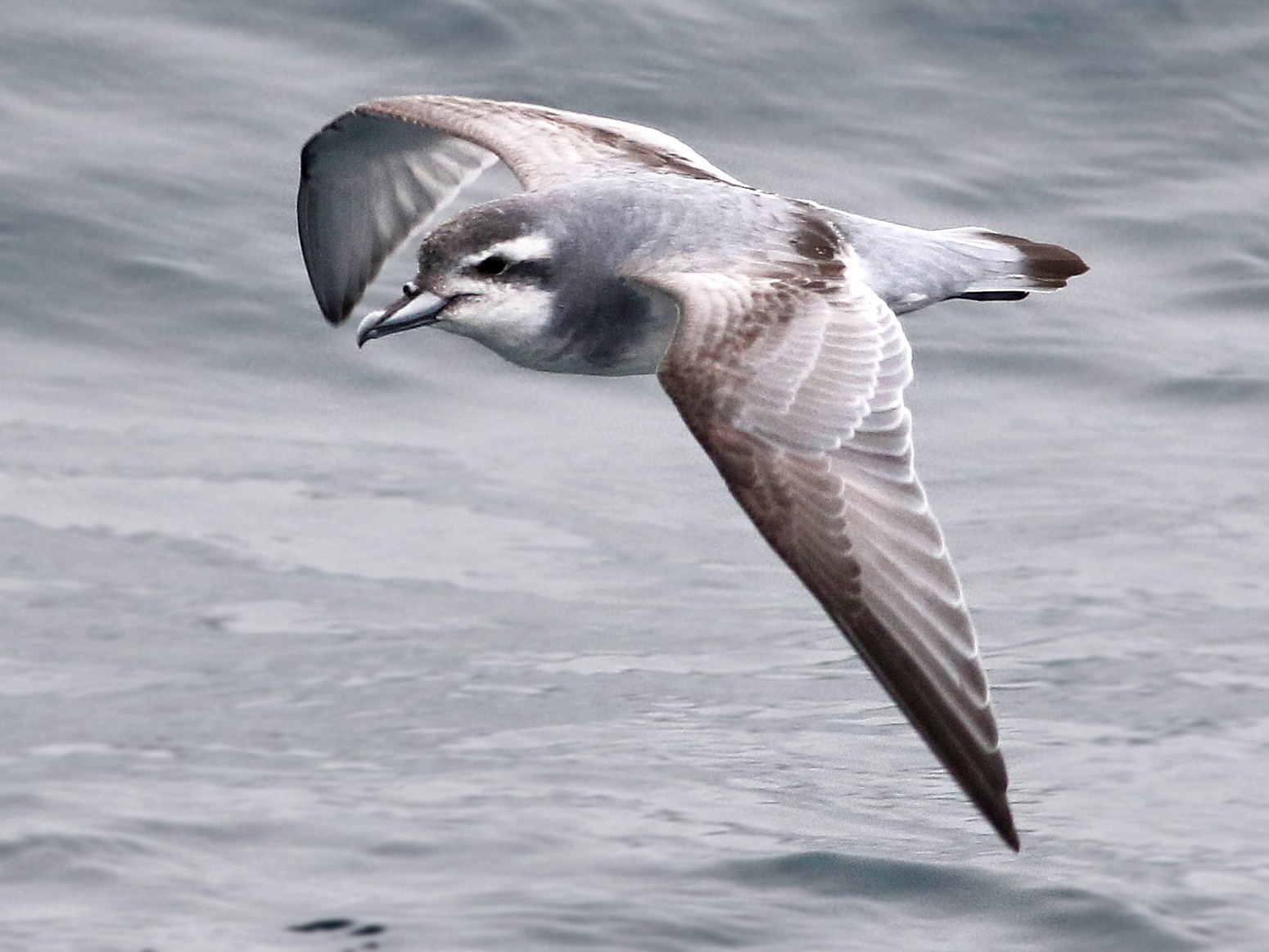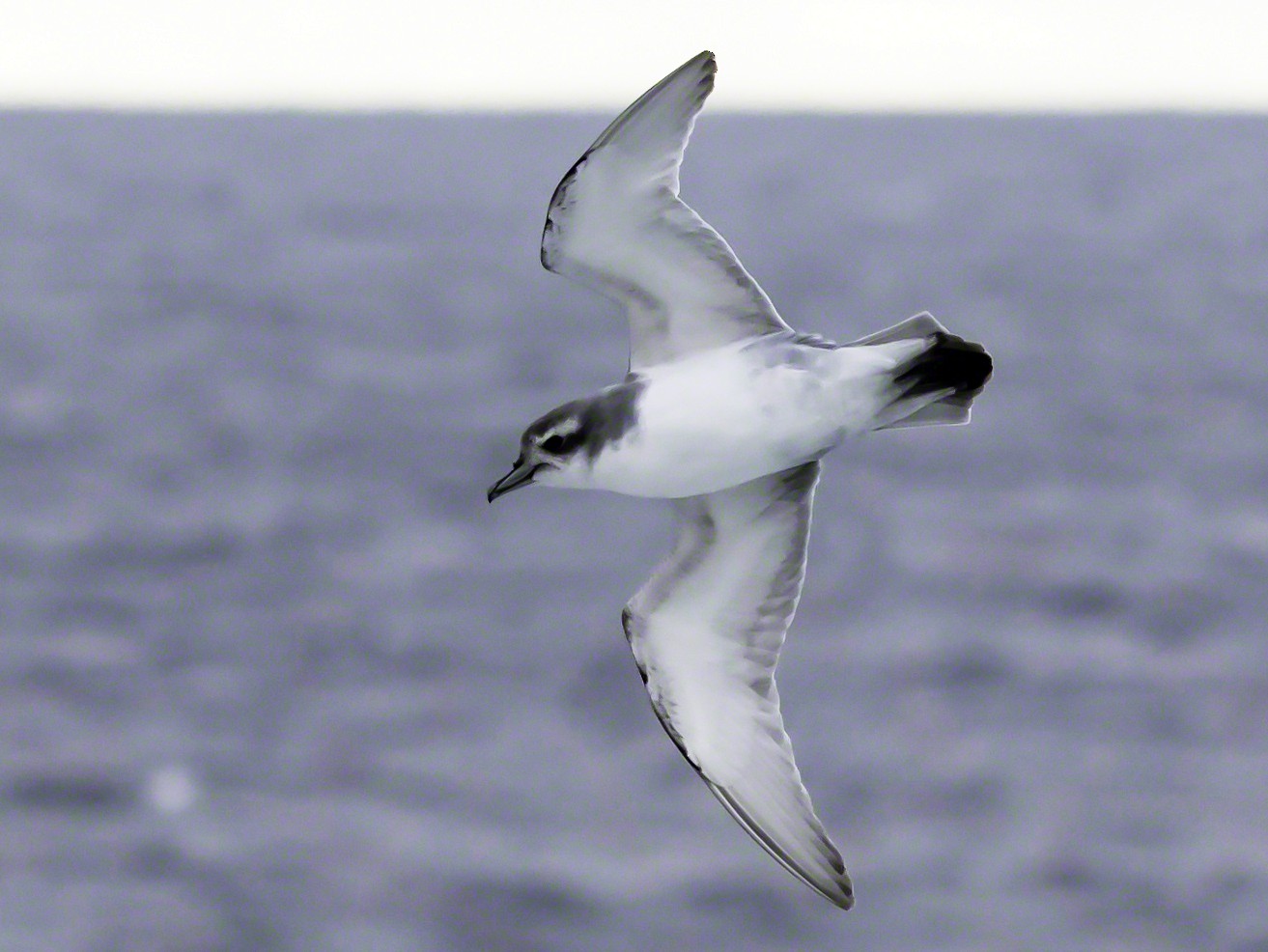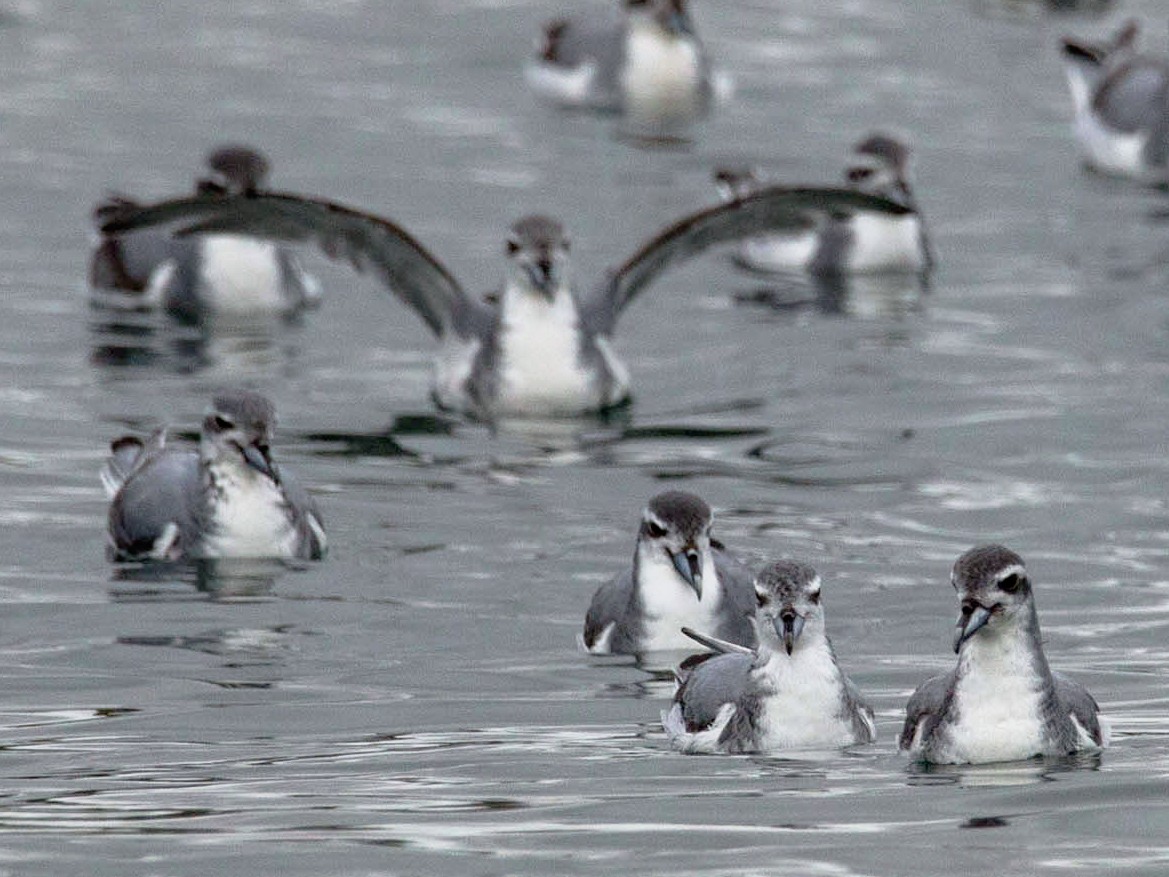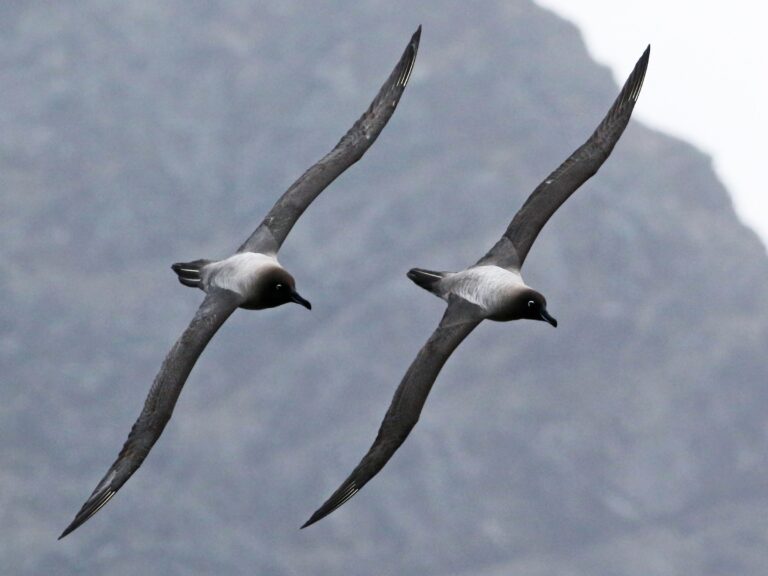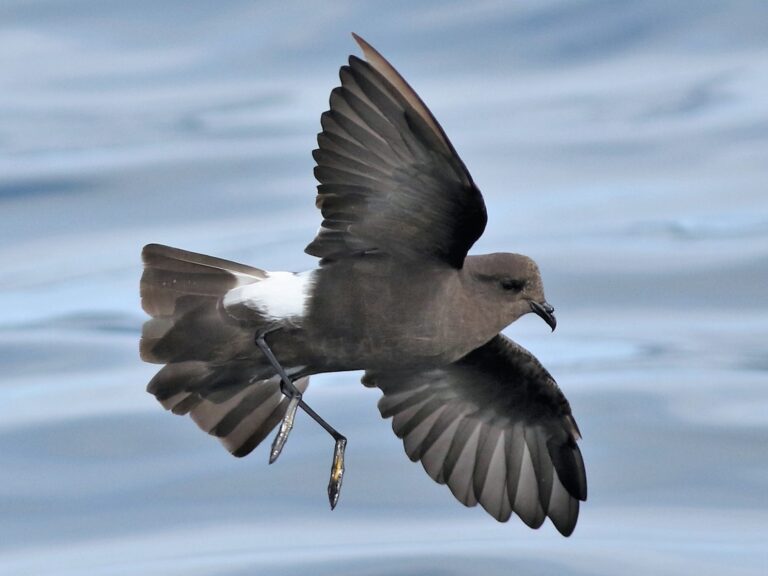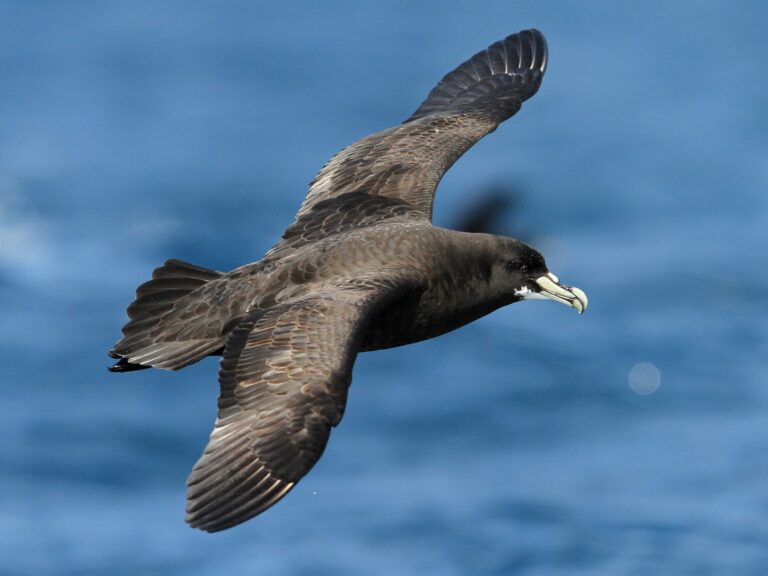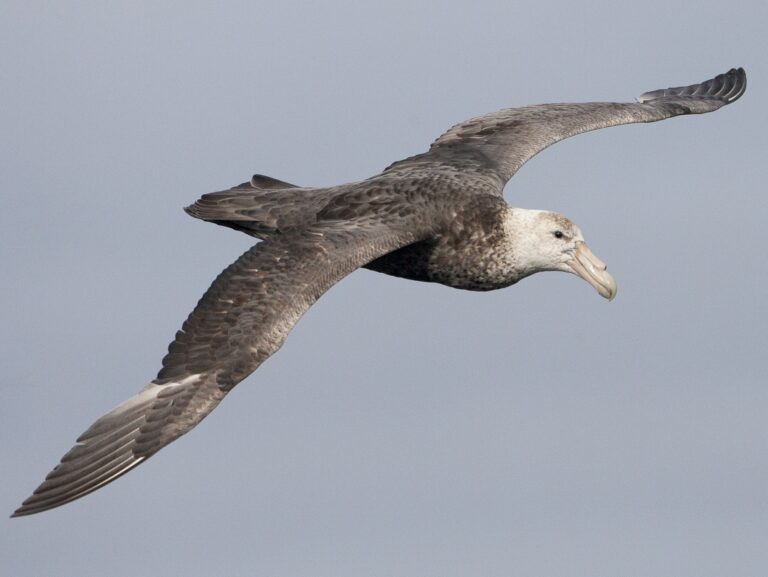Antarctic Prion: Unveiling the Secrets of a Unique Seabird Species
The Antarctic Prion, scientifically known as Pachyptila desolata, is a fascinating seabird that thrives in the harsh environment of the Southern Ocean. This species is not only known for its striking appearance but also for its unique breeding habits and dietary preferences. As part of the Procellariiformes order, Antarctic Prions display remarkable adaptations that allow them to navigate the cold waters while foraging for food.
These seabirds breed in colonies on remote islands, where they face both environmental challenges and human-induced threats. Their diet mainly consists of small marine organisms, which they skillfully hunt during their foraging trips. Understanding the Antarctic Prion’s role in its ecosystem and the threats it faces is essential for conservation efforts aimed at preserving this unique species.
As more research emerges, the importance of Antarctic Prions in marine food webs becomes clearer. Their behavior and breeding patterns provide insight into the health of ocean ecosystems. As enthusiasts explore the life of the Antarctic Prion, they uncover the rich complexities of life in one of the world’s most remote habitats.
Key Takeaways
- Antarctic Prions play a crucial role in the Southern Ocean ecosystem.
- They have unique breeding habits on remote islands.
- Understanding their feeding behavior helps in conservation efforts.
Taxonomy and Description
The Antarctic Prion, scientifically known as Pachyptila desolata, is a seabird found primarily in the Southern Ocean. This section explores its classification and distinctive physical traits that define this species.
Species Classification
The Antarctic Prion belongs to the family Procellariidae, which includes various species of petrels and shearwaters. Within this family, it is categorized under the genus Pachyptila.
There are multiple subspecies, including Pachyptila desolata banksi, found in specific regions. These birds are closely related to the Broad-Billed Prion, which is classified as Pachyptila vittata.
Understanding these classifications aids in identifying their breeding habits and preferred habitats across the Antarctic and subantarctic regions.
Physical Characteristics
Antarctic Prions are characterized by their compact size, averaging about 28-32 cm in length. They have a wingspan that measures approximately 70-80 cm, aiding in their long-distance flight over the water.
Their plumage is notable, featuring a predominantly pale blue-grey body with a white belly. This coloration helps with camouflage against the ocean waves. Their vocalizations can be listened to here.
The bill is slender and slightly curved, adapted for their diet of small marine organisms. Their unique physical traits not only aid in flight but also in foraging, making them efficient hunters in their icy habitat.
Habitat and Distribution
Antarctic Prions primarily inhabit the Southern Ocean, with key breeding sites located on various islands. Their distribution ranges across several locations, where they establish colonies and migrate during the non-breeding season.
Breeding Grounds
Antarctic Prions breed mainly on sub-Antarctic islands. Significant locations for breeding include South Georgia, Macquarie Island, Scott Island, and the Crozet Islands.
These areas provide essential nesting habitats, often characterized by grassy slopes and cliffs. Breeding usually occurs from late spring to early summer. During this period, they return to these colonies, where they lay eggs and raise chicks. The colony size can be quite large, offering protection against predators.
Range and Migration
During the non-breeding season, Antarctic Prions expand their range significantly. They can be found across the Southern Ocean, moving to areas around Auckland Islands, Kerguelen Islands, and Heard Island.
While foraging, they prefer waters with rich marine life, which supports their diet. They also migrate to South Sandwich Islands, taking advantage of seasonal changes in food availability. The migration patterns are influenced by environmental conditions, and they often track changes in sea surface temperature to find optimal foraging grounds.
Diet and Feeding Behavior
Antarctic Prions exhibit specialized feeding behaviors that help them thrive in their harsh marine environment. Their diet consists primarily of small marine organisms. Understanding their feeding techniques and dietary composition is essential to grasp how these birds interact with their ecosystem.
Feeding Techniques
Antarctic Prions are proficient foragers, using various techniques to catch their prey. They primarily employ surface seizing and plunge diving to capture food from the ocean.
- Surface Seizing: This involves snatching food items that are near the water’s surface. They often target krill and copepods during this method.
- Plunge Diving: While less common, they will dive into the water for more elusive prey like crustacea and myctophids.
These feeding techniques allow them to exploit a range of food sources. Their foraging behavior varies depending on availability and may even change seasonally.
Dietary Composition
The diet of Antarctic Prions consists mainly of:
- Krill: A significant food source, providing essential nutrients.
- Copepods and Ostracods: These small crustaceans are also important components of their diet.
- Decapods: Some Antarctic Prions consume these larger crustaceans when available.
- Fish: Myctophids and Nototheniids serve as occasional dietary additions.
The specific make-up of their diet can vary by season and location. Generally, Antarctic Prions adjust their feeding habits based on the ecological conditions of their environment, showing flexibility and adaptability in their foraging strategies.
Breeding and Reproduction
Antarctic Prions have specific behaviors and habits during their breeding season that are essential for successful reproduction. They exhibit unique mating rituals and nesting habits, which are crucial for chick development.
Mating Rituals
Mating rituals for Antarctic Prions typically occur during the early summer. These seabirds engage in elaborate displays to attract partners. The male often performs courtship flights, showcasing agility and strength in the air.
Both sexes call to each other with distinctive, low-pitched vocalizations. These sounds are important for bonding and establishing pairs. Once a bond is formed, they become monogamous, often returning to the same mate each breeding season.
This commitment helps ensure higher success rates in breeding. Their strong pair bonds enable them to coordinate their efforts in nesting and chick-rearing, which is vital in the harsh Antarctic environment.
Nesting Habits
Antarctic Prions prefer to nest on rocky surfaces where burrows can be easily dug. Their nests are often made of pebbles and grass, providing insulation for the eggs.
Each pair typically lays one egg, which both parents take turns incubating for about 45 days. After hatching, both adults are involved in feeding the chick, bringing back food such as zooplankton.
The placement of the nest is crucial. It must be well-hidden to protect against predators and harsh weather. By choosing optimal locations, Antarctic Prions can improve the survival rate of their young, contributing to the continuation of the species.
Conservation and Threats
Antarctic Prions face various challenges that impact their survival. Environmental factors and human activities both play significant roles in threatening these birds. Understanding these threats is crucial for effective conservation efforts.
Environmental Challenges
Antarctic Prions deal with several environmental issues. Changes in sea temperature and food availability are primary concerns. The El Niño/Southern Oscillation can disrupt local food webs, impacting the availability of prey for the prions.
Additionally, climate change affects their breeding habitats. Rising temperatures can lead to alterations in marine ecosystems. These changes can affect seabird movements and foraging behaviors, making it harder for prions to find sufficient food.
Habitat destruction is another significant concern. As conditions change, suitable nesting sites may disappear. This can result in lower breeding success and increased vulnerability to predators.
Human Impact
Human activities contribute significantly to the threats facing Antarctic Prions. Fishing practices can lead to unintentional bycatch, where prions can get trapped in fishing nets. This results in a direct loss of life and can affect local populations.
Additionally, ecotourism in remote areas may disturb nesting sites. Increased human presence can stress these birds during critical breeding periods. It may lead to abandonment of nests and reduced chick survival rates.
Moreover, the introduction of invasive species poses a serious threat. Predators like rats and cats can decimate prion populations if they establish themselves on islands where these birds breed. Efforts to manage invasive species are essential for the conservation of Antarctic Prions.
Research and Observation
Significant research and observation efforts have been made to understand the Antarctic prion. Studies focus on its habitat, feeding behavior, and breeding patterns. This section highlights scientific studies and the methods used for tracking these seabirds.
Scientific Studies
Research on Antarctic prions has revealed many aspects of their biology. Studies have detected a range of metallic and organic contaminants in their tissues. For instance, one study found correlations between trace elements in the prions’ tissues, showing how environmental factors affect them.
Other research explored their breeding habits and prey selection. Thin-billed prions in particular show a dual foraging strategy. They use marine habitats from inshore areas to distant Antarctic waters. Such findings help in understanding their role in the Southern Ocean ecosystem.
Tracking and Data Collection
To monitor Antarctic prions, researchers employ various tracking methods. GPS devices placed on birds provide valuable data about their year-round movements. This helps in understanding their foraging behavior and habitat use.
Additionally, observational studies during research cruises, like the ones conducted on RV Polarstern, collect data on seabird populations. These observations include factors such as the birds’ responses to environmental changes. Using detailed photography with high resolution (300 DPI) further aids in documenting their physical characteristics.
Through these techniques, experts can build a clearer picture of the Antarctic prion’s ecology and conservation needs.
Frequently Asked Questions
Antarctic prions are fascinating seabirds with specific dietary needs, size comparisons to other seabirds, and unique adaptations. Their habitats and behaviors also set them apart in the avian world.
What is the typical diet of prion species found in the Antarctic region?
Antarctic prions primarily feed on small fish, squid, and various crustaceans. They use a technique called surface feeding, where they skim the water’s surface to catch their prey. This diet helps them thrive in the nutrient-rich waters of the Southern Ocean.
How does the size of Antarctic prions compare to other seabirds?
Antarctic prions are relatively small compared to many other seabirds. They typically measure about 28 to 30 centimeters in length with a wingspan of around 60 centimeters. This petite size allows them to be agile flyers, which is important for their feeding strategies.
What are some unique adaptations of prion birds that allow them to thrive in their habitat?
Prions have several adaptations that help them survive in the harsh Antarctic environment. Their strong wings enable them to glide for long distances. They also have specialized nasal structures to filter salt from seawater, which is essential for their hydration.
Which areas are considered the primary habitats for Antarctic prions?
Antarctic prions are primarily found in the waters surrounding Antarctica, including the Southern Ocean. They prefer breeding on remote islands, such as those in the South Shetland and South Georgia areas, where they can nest in burrows away from predators.
How do Antarctic prions differ from their close relatives, such as the Fairy or Slender-billed prions?
Antarctic prions are larger than Fairy or Slender-billed prions. Their coloration is also distinct, with a more prominent wing pattern. While all prions share similar feeding habits, the specific dietary preferences and nesting behaviors can vary between these species.
What behavioral characteristics are common among prion species in the Antarctic?
Prion species are known for their strong social behaviors. They often feed in groups, which helps them find food more efficiently. Courtship displays involve elaborate aerial displays, and they tend to be monogamous, forming long-term pair bonds during breeding season.
